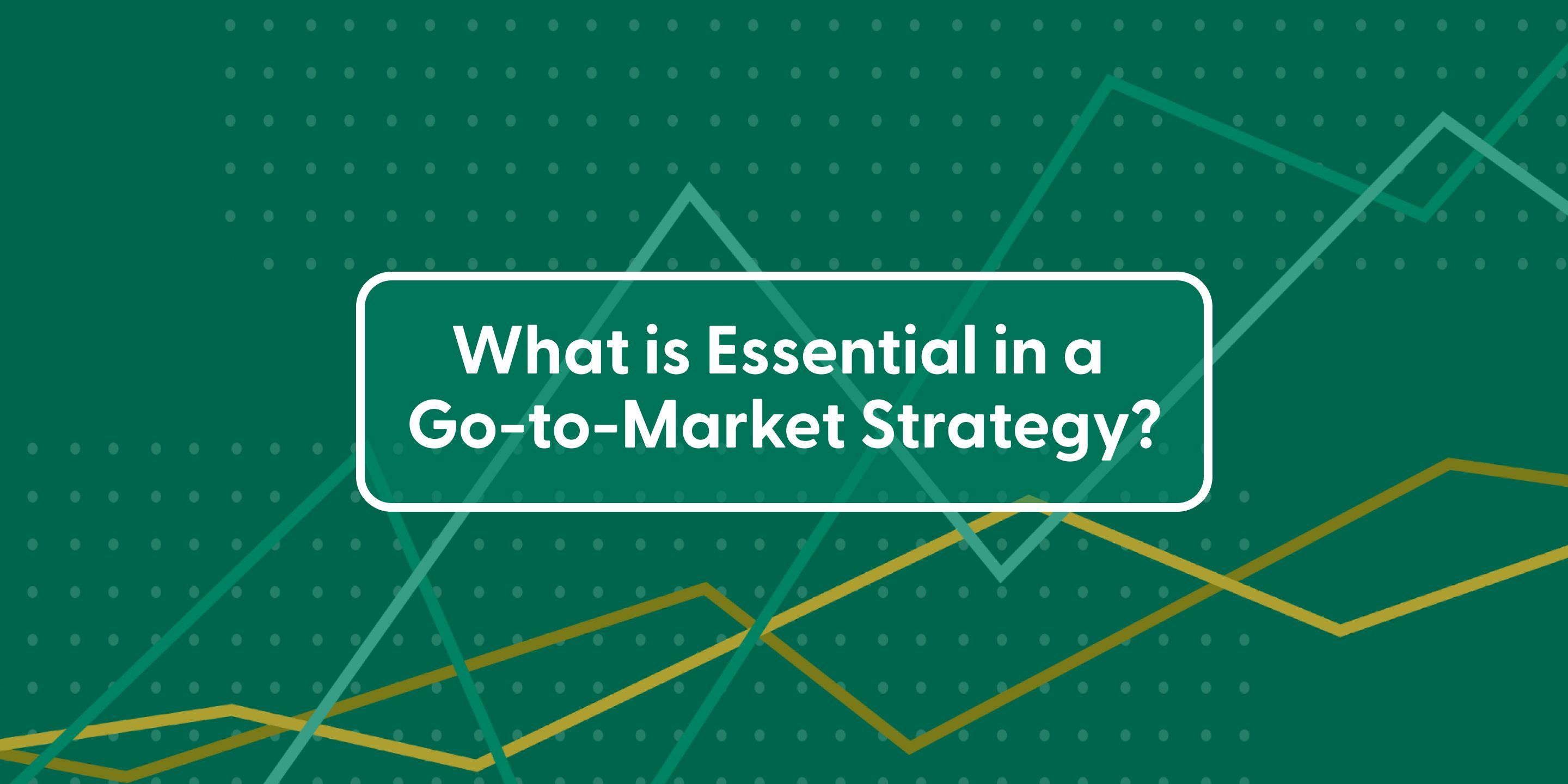
What is Essential in a Go-To-Market Strategy?
Go to market (GTM) traditionally referred to a strategy for how a company brought a new product to market. While the foundation for these projects remain, GTM is no longer just a “one and done.” It should be a holistic and on-going process for your business to drive revenue.
Go to market needs to be an ongoing foundational function of your business and all your marketing, sales and customer experience tactics and operations need to be unified within your GTM function.
Why do you need a foundational go to market strategy? It can guide your business in many ways such as:
- Helping to mitigate mistakes and oversights by providing you with an overarching plan.
- Identifying the right product-market fit.
- Connecting with the right audience and understand who your ideal client is, their pain points and how to address them with your product or service.
- Creating scalability for process and customer acquisition.
What is needed in a go to market strategy?
You have to start with the foundations. First is Customer Understanding:
- Product Market Fit
- Ideal Client Profile
- Competitor Research
- Positioning with Buyer Value Matrix
Then, next is Building Awareness with your buyer's journey, demand generation plan, and content plan.
Followed by Customer Acquisition with your sales methodologies and processes.
And finally, Customer Expansion with your customer journey mapping, retention and advocacy, rev ops and more.
The hard truth is that the majority of go-to-market (GTM) launches fail - with failure rates ranging from 80-50% (depending on the study and definition of success). We have to ask ourselves why this happens when we're shooting for success. When go to market plans fail, research points to "lack of" causes, such as:
- Lack of Planning
- Lack of Customer Understanding
- Lack of Product Market Fit
- Lack of Value Proposition
- Lack of Positioning and Differentiation
- Lack of Commitment
While I agree with all these "lack of" causes, there is an important facet missing from the list above - Lack of Understanding. This lack of understanding can mean organizations are missing the fundamental foundations required for a successful GTM as noted above, and understanding how all the components have to work together.
An effective GTM process is a culture of continuous improvement and growth. The framework can be reapplied to new products, or just have them inserted into your process. The error of most organizations is the lack of understanding that day after day they are constantly going to market in this ever-changing world.
Wondering what kind of results you can achieve with an all-encompassing GTM strategy? Do you need help creating personas or mapping your buyer's journey? Contact us today to start the conversation.
But don't just take our word for it, explore the results for yourself - read our in-depth case studies on Roadmap's go-to-market strategy and implementation for Roket Gear and s01ve Cyber Solutions.
Let's Talk!